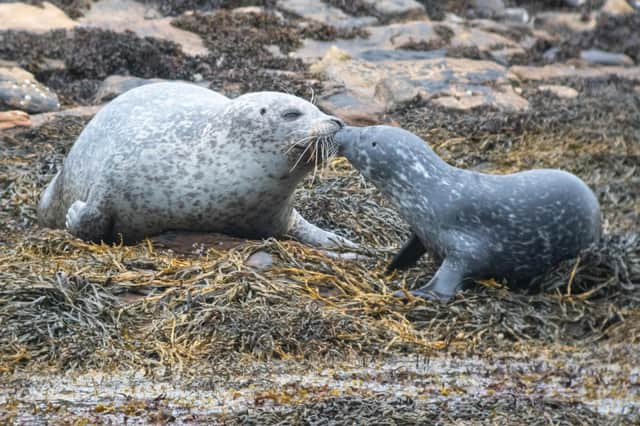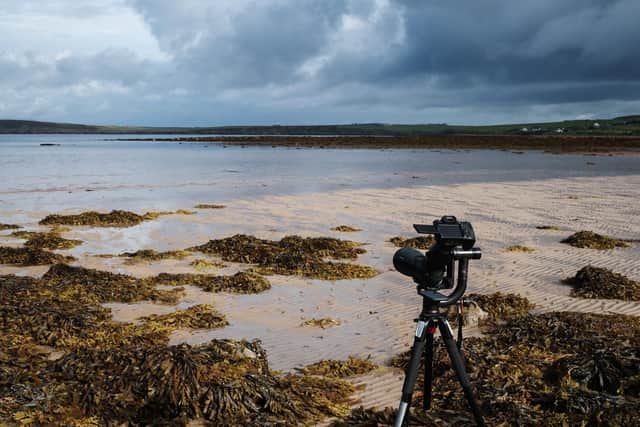Photo ID used in Scotland in an attempt to stop harbour seal population decline


The photographic programme using unique seal facial markings is under way to try and identify individual seals.
This will allow scientists to track the animals with the hope of helping them understand the reason for the species’ decline, and to help them find solutions to prevent it.
Advertisement
Hide AdAdvertisement
Hide AdAs harbour seals have unique markings from birth which are with them despite shedding their coats, they can be identified year after year.


The research project comes as there has been a dramatic decline in the number of harbour seals , or common seals, in certain areas of Scotland.
The east coast, north coast and Orkney have been particularly affected by the decline with Shetland also suffering losses – however this appears to have now stabilised over the last few years.
In Orkney and the north coast, there has been a harbour seal decrease of 85 percent since the mid-1990s.
The last count of harbour seals in Orkney and the north coast between 2016-2019 was 1,405 – compared to 8,787 of the mammals in the period from 1996-97.
By contrast, in the west coast and Outer Hebrides, seal numbers are stable and in some areas – such as the Isle of Skye – increasing in numbers.
Dr Mònica Arso Civil, from the Sea Mammal Research Unit (MRU) at the University of St Andrews, said: “By knowing who is there and who is not there every year with the photo ID, the first thing you can figure out is the mortality rates.
“If the numbers are going down in a population, you can see who is behind that and who is not doing well.
Advertisement
Hide AdAdvertisement
Hide Ad"So the first thing you can consider is are the adults not surviving as they should or as you would expect or is it another age class such as the juveniles or the pups who aren’t doing well.”
“You can also follow the females and see whether or not they have a pup.”
The group has a photo study site in Orkney – where seal numbers are in decline – and the Isle of Skye – where numbers are doing well.
By comparing the two areas in June and July when the seals have their pups, the MRU’s Harbour Seal Decline Project hopes to understand what has led to the reduction and increase of seal populations in certain areas of Scotland.
“The photo ID is going to give us the extra clues on what is different between these two populations and who is not doing well in what sense comparatively,” Dr Arso Civil added.
The project will also look into factors such as competition with grey seals – a bigger species – and whether they are out-competing the harbour seals.
The impact of predators, diet and natural toxins from algae will also be considered.
Talking about the affect of climate change to seal decline, Dr Arso Civil said: “We don’t have any evidence at this point that climate change is affecting the seals- it’s hard to get an idea of that.”
A message from the Editor:
Thank you for reading this article. We're more reliant on your support than ever as the shift in consumer habits brought about by Coronavirus impacts our advertisers.
If you haven't already, please consider supporting our trusted, fact-checked journalism by taking out a digital subscription.
Comments
Want to join the conversation? Please or to comment on this article.
